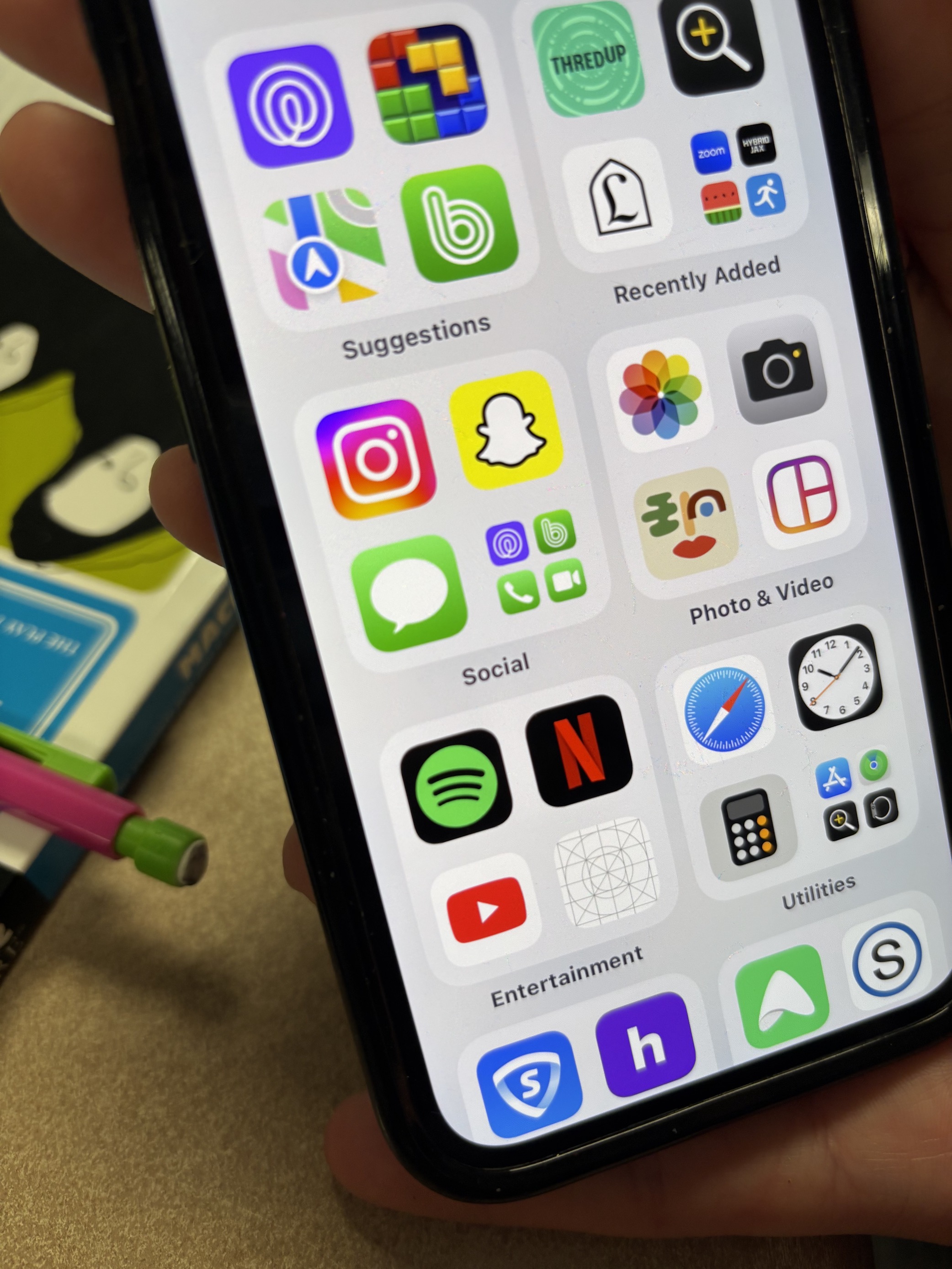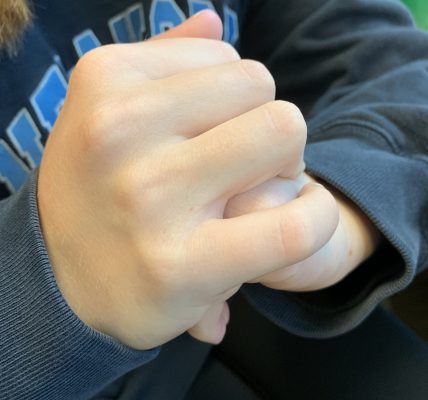By Tyler Churilla
In the modern era, cell phones are borderline essential in certain lines of work. What isn’t essential however, is the amount of time people, specifically teenagers, spend on their mobile devices. Teenagers, on average, spend anywhere from seven and a half to four hours on their phones a day, according to ABC News. The consequences of lowering the head and looking down too much can vary, depending on how constant the head is in a downward position. According to the research done at the University of Sunshine Coast in Queensland, Australia, “New research in biomechanics suggests that young people are developing hornlike spikes at the back of their skulls — bone spurs caused by the forward tilt of the head, which shifts weight from the spine to the muscles at the back of the head, causing bone growth in the connecting tendons and ligaments.” This frightening piece of information isn’t meant to scare young teenagers, but simply warn them of the consequence of looking down at their phones too much. The University of Sunshine Coast conducted a trial to see how many teenagers and young adults have these so called “horns.” The article written by Jamie Ducharme explains the following: “University of the Sunshine Coast professors David Shahar and Mark Sayers found that, out of 218 people ages 18 to 30, about 40 percent had a bone growth near the base of the skull called an ‘enlarged external occipital protuberance,’ or EEOP.” While this statistic gives the general public a good idea of how many people actually have these “horns”, the negative attributes of the excess bone spurs are the real issue.
One of the many effects from lowering the head for elongated periods of time is continuous headaches, that get worse the longer your head is down. Back pain is also commonly documented from people who spend “days” on their devices while looking down. Some of the effects can be resolved with stretching and strengthening the proper muscles, but some of the consequences have longevity, such as permanent stress and strain on one’s upper back and neck, and spinal problems due to poor posture. The long-term effects of horns are yet to be discovered, although researchers speculate that the effects of horns are “…cause for concern, of course, but they’re not irreversible.” Screen time amongst teens and adults alike should be limited, and now that we are aware of the effects from too much screen time, limitations are strongly advised. There is much more research to be done on the matter, such as how long it takes for the structures to form, and if they can be removed if already formatted, but this information is yet to be uncovered.





